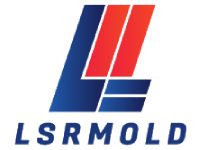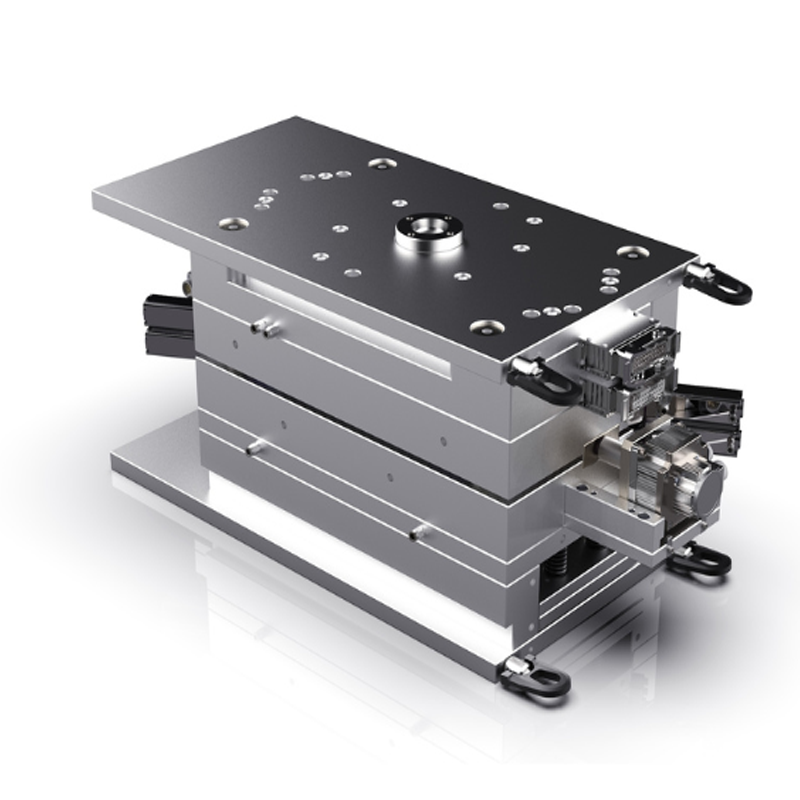In the competitive world of injection molding, cycle time is a key factor that directly impacts both efficiency and profitability. Cycle time refers to the total time required to manufacture a part, from the initial receipt of an order to the point the finished product is ready for shipment. Efficient management of cycle time not only boosts productivity but also reduces operational costs and enhances customer satisfaction. In this blog, we’ll dive deeper into the concept of manufacturing cycle times in the context of injection molding, explain how to calculate them accurately, and share actionable strategies for reducing cycle times in a way that leads to better productivity and improved profitability.
If you’re looking to optimize your injection molding processes, LSRmold, with its 20 years of manufacturing expertise, is here to help you achieve optimal cycle times while maintaining the highest standards of product quality. Let’s explore how optimizing cycle time can transform your operations and make a significant difference in your bottom line.
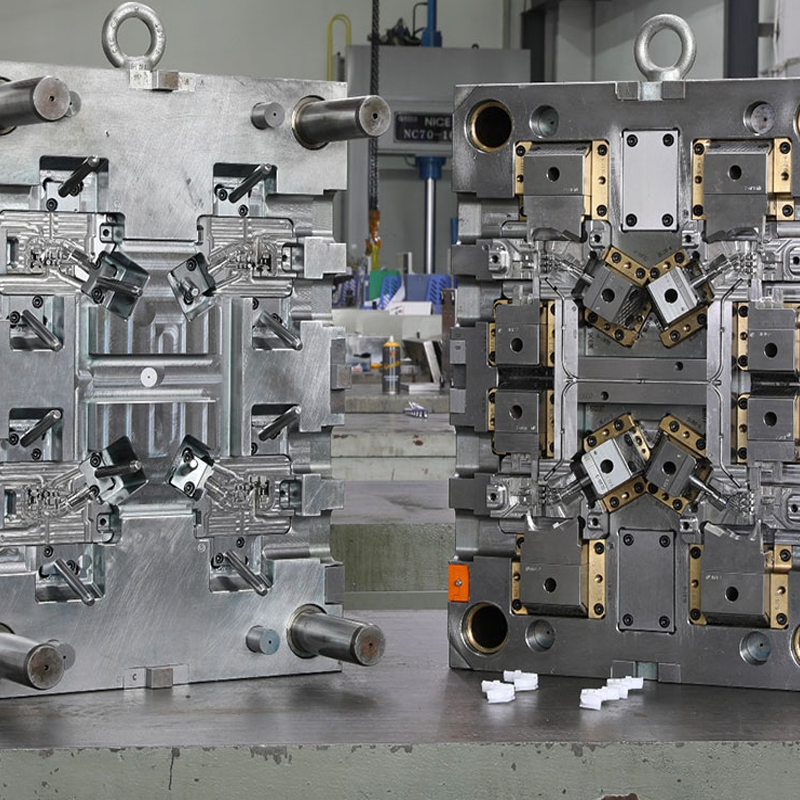
Understanding Manufacturing Cycle Times in Injection Molding
Manufacturing cycle time in injection molding includes every step involved in producing a finished part. These stages encompass material preparation, the actual molding process, post-processing, quality inspections, packaging, and final shipment. Each phase contributes to the overall cycle time, which can be broken down into several key components.
The goal is to analyze and optimize each phase to minimize cycle time without compromising on the part’s quality. By identifying bottlenecks and inefficiencies in the process, manufacturers can make informed decisions that lead to reduced lead times and increased production rates.
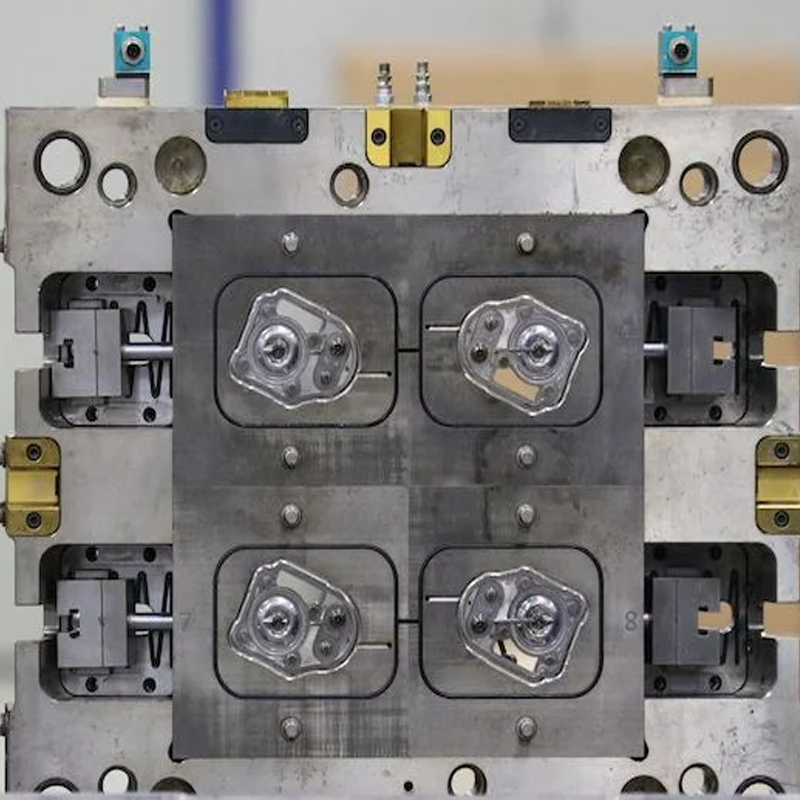
How to Accurately Calculate Cycle Times in Injection Molding
To effectively optimize cycle times, you must first understand how to calculate them. This involves tracking and measuring each phase of the molding process. The key stages to measure include:
- Mold Close Time: This is the time it takes for the mold to close and start the injection process. It includes the time required for clamping and ensuring the mold’s alignment is perfect before injection begins. It’s crucial to monitor this phase closely, as even slight delays in mold closure can lead to longer cycle times.
- Injection Time: This is the time taken to inject the molten plastic into the mold cavity. It encompasses both the filling time (when the material is injected into the mold) and the packing time (when the material is compacted into the mold to ensure uniform density and part quality). Precise control over injection speed and pressure can help minimize injection time without sacrificing part integrity.
- Cooling Time: This phase refers to the time required for the injected material to cool and solidify in the mold. Cooling time is crucial as it determines the dimensional stability of the part and its overall quality. Optimizing cooling time through mold design and temperature control can significantly reduce overall cycle time.
- Mold Open Time: This step refers to the time taken to open the mold and eject the finished part. It includes any time spent on secondary operations such as part removal, trimming, or additional post-processing steps.
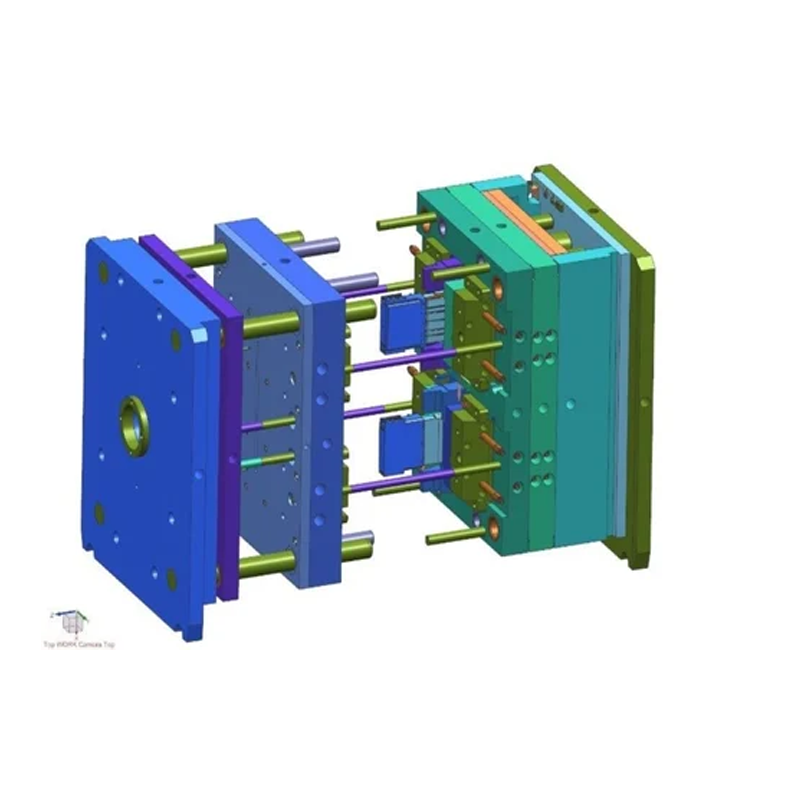
By adding these phases together, you can calculate the total molding cycle time:
Molding Cycle Time (sec) = Mold Close Time (sec) + Injection Time (sec) + Cooling Time (sec) + Mold Open Time (sec)
While these times will vary depending on factors such as part complexity, material properties, and machine performance, consistently monitoring and adjusting cycle times can help identify opportunities for process improvements and yield better results.
How to Reduce Cycle Times in Injection Molding
Reducing cycle time is one of the most effective ways to boost productivity, increase throughput, and lower costs in injection molding. Here are several proven strategies to shorten cycle times without compromising on product quality:
- Optimize Mold Design: One of the most impactful ways to reduce cycle time is by improving mold design. For example, incorporating hot runner systems into your molds can significantly reduce cooling time. Simplifying part designs by reducing complexity and eliminating unnecessary features can also help streamline the injection process. By working with experienced tooling experts, you can ensure that molds are designed for speed and efficiency.
- Fine-tune Process Parameters: Adjusting and optimizing process parameters like injection speed, melt temperature, mold temperature, and cooling time can lead to significant reductions in cycle time. Careful testing and data analysis are essential to finding the optimal settings for each production run. Tweaking these parameters can often result in faster cycles while maintaining the required part quality.
- Leverage Automation: The integration of automation can drastically reduce cycle times by eliminating manual tasks that slow down production. Automated systems for tasks like part ejection, mold changes, and material handling can help improve consistency and speed, while also reducing the potential for human error.
- Minimize Machine Downtime: Downtime, whether due to machine malfunctions or tool changeovers, is a major contributor to longer cycle times. By implementing a preventive maintenance program, ensuring proper calibration of equipment, and having a well-organized material management system, manufacturers can keep machines running smoothly and reduce interruptions to production.
- Optimize Production Layout and Workflow: The arrangement of machines, workstations, and material flow can significantly impact overall cycle time. A well-optimized production layout minimizes the time required for part movement between operations, reducing waiting times and unnecessary handling. By rethinking your plant layout and optimizing workflow, you can streamline your entire operation.
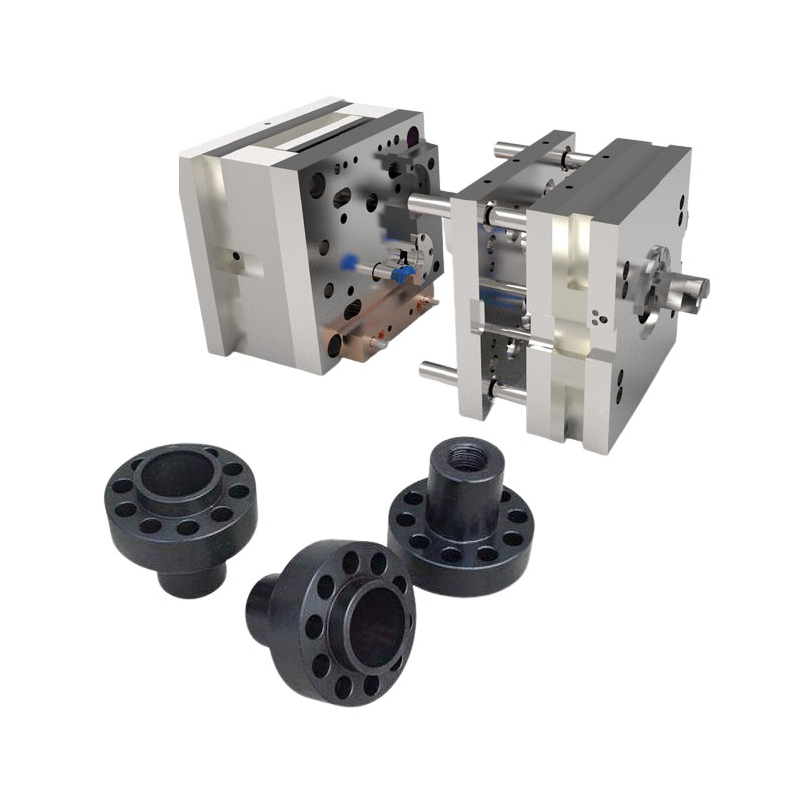
Conclusion: Achieving Faster Cycle Times for Greater Profitability
Optimizing cycle time in injection molding is more than just a technical challenge—it’s a key driver of productivity, efficiency, and profitability. By measuring and analyzing each phase of the molding process, manufacturers can identify areas for improvement, and through thoughtful strategies such as optimizing mold design, fine-tuning process parameters, integrating automation, minimizing downtime, and optimizing workflows, you can significantly reduce cycle times while maintaining high-quality standards.
At LSRmold, we are dedicated to helping our clients achieve optimal cycle times through our extensive expertise in injection molding processes. With over two decades of experience and continuous investment in process improvements, we are committed to driving operational excellence for our customers. By focusing on cycle time reduction, we help our clients lower costs, improve production throughput, and ultimately achieve greater customer satisfaction.

If you are looking for a partner to help optimize your injection molding processes and reduce cycle times, don’t hesitate to contact us at LSRmold. Our experienced team is ready to provide tailored solutions to enhance your manufacturing operations. Let us help you take your production to the next level—faster, more efficiently, and more profitably.
